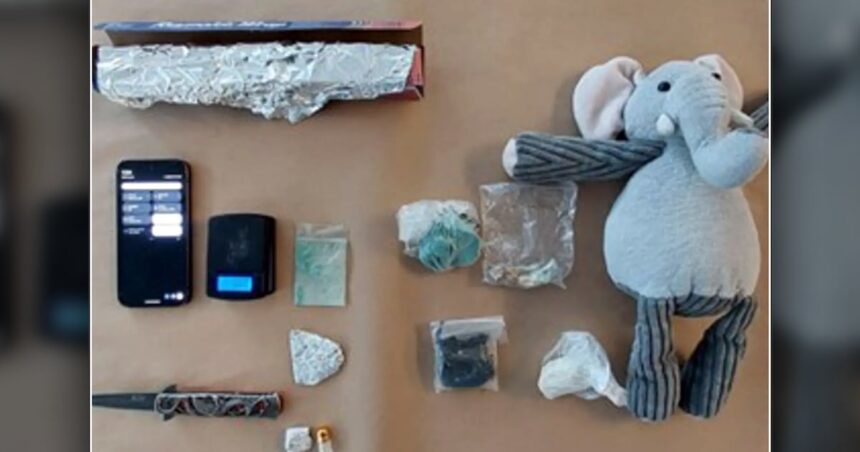In a startling discovery that highlights the increasingly creative methods of drug concealment, Kingston police uncovered a cache of narcotics hidden within a children’s stuffed animal during a raid at a local residence yesterday afternoon. The operation, which followed weeks of surveillance, led to the arrest of two individuals on multiple charges related to drug trafficking and possession.
“What makes this case particularly disturbing is the use of an item typically associated with children to conceal dangerous substances,” said Detective Sergeant Maya Richardson of the Kingston Police Drug Enforcement Unit. “This represents a troubling trend we’re seeing more frequently across Ontario.”
According to police reports, officers executed a search warrant at a home in Kingston’s west end after receiving multiple tips from concerned residents about suspicious activity. Inside, investigators discovered approximately 250 grams of cocaine and 150 grams of methamphetamine carefully concealed within a modified teddy bear that had been professionally altered to include a hidden compartment.
The drugs, with an estimated street value exceeding $45,000, were packaged for distribution, suggesting an operation that extended beyond personal use. Additional evidence seized included digital scales, packaging materials, and approximately $12,000 in cash.
“This seizure represents a significant disruption to the local drug trade,” Richardson added. “However, it also serves as a reminder of how organized crime continues to evolve their tactics.”
The two suspects, ages 32 and 28, face multiple charges including possession for the purpose of trafficking, possession of property obtained by crime, and breach of probation. Neither suspect had children living at the residence, though the presence of child-oriented items raised initial concerns for investigators.
This incident mirrors similar cases recently reported across Canada, where everyday items – from food containers to children’s toys – have been repurposed as drug hiding spots. Last month, border officials in British Columbia intercepted stuffed animals containing fentanyl destined for distribution networks in major urban centers.
Addiction specialists warn this trend reflects a troubling sophistication in drug trafficking operations. “The deliberate use of children’s items as concealment devices demonstrates how these operations are becoming increasingly calculated,” said Dr. Elena Sawyer, addiction researcher at Queen’s University. “It potentially normalizes these substances in environments where children might be present.”
Kingston police have intensified their community outreach following this discovery, urging parents and educators to remain vigilant about unusual modifications to children’s toys and to report suspicious behavior. The investigation continues as authorities work to determine if the operation is connected to larger distribution networks operating throughout Ontario.
As communities across Canada grapple with rising concerns about drug trafficking and addiction, this case raises critical questions about the evolving tactics of dealers and the resources needed to combat them. How effectively can law enforcement stay ahead of these increasingly sophisticated concealment methods, and what additional safeguards might be necessary to protect vulnerable populations from exposure to these dangerous substances?






















